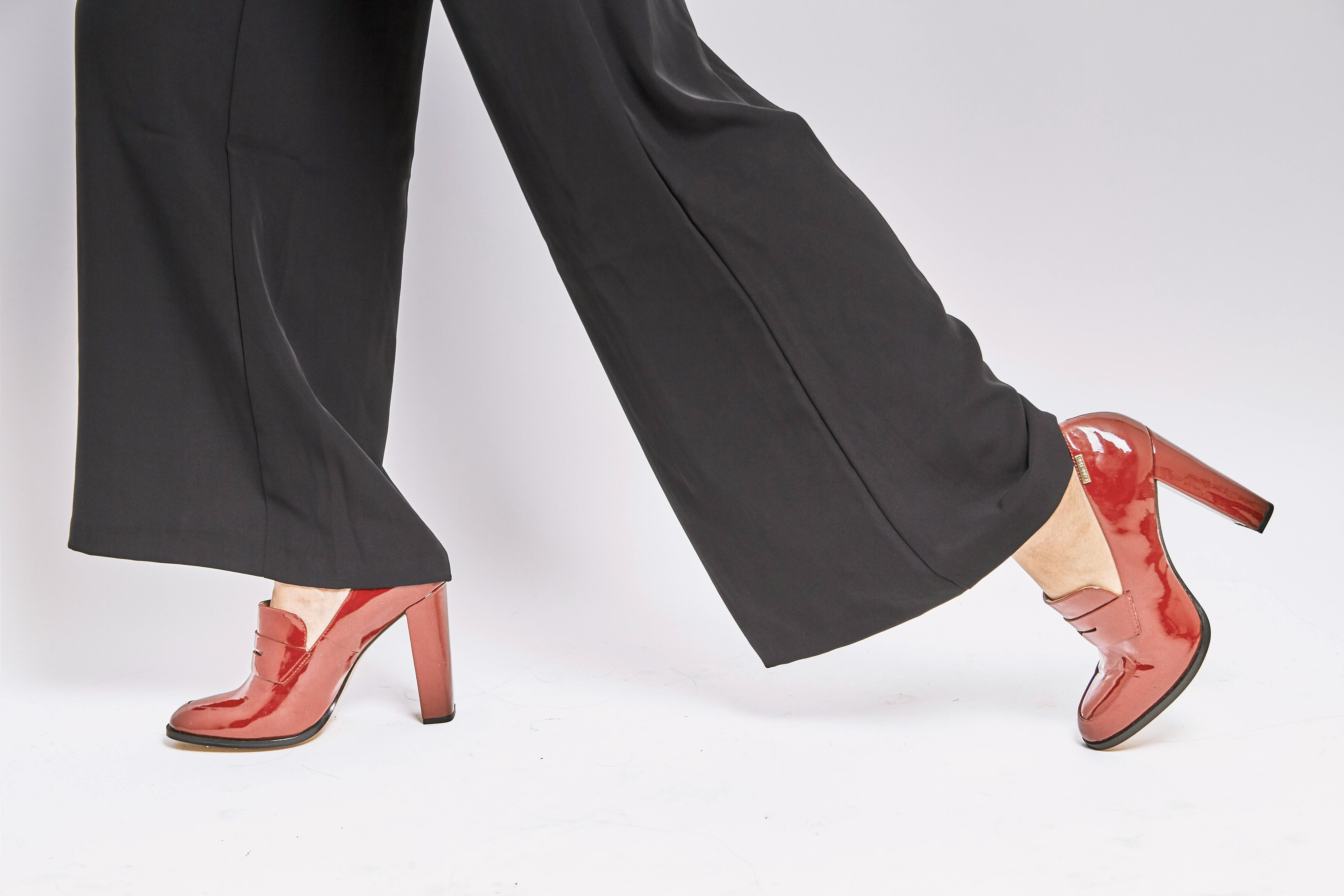Silicone has quickly become the star of scar removal products. Silcone is made from the combination of oxygen and silicon atoms. This ingredient locks in moisture and creates a protective barrier. The Food and Drug Administration has approved silicone in over-the-counter medications as an antimicrobial, antifungal, pain-relieving, and skin-protecting ingredient.
However, many over-the-counter scar treatments contain 5% silicone as the “active ingredient.” The problem with these over-the-counter medications is that a half ounce of this treatment can cost between $20 and $35 US dollars.
Other forms of silicone include common cosmetic ingredients like cyclomethicone. Cyclomethicone is used in high concentrations in hair care products such as hair glosses and serums to reduce frizz. But unlike expensive bottles of scar serum, hair glosses can cost anywhere from $0.50 to $2.00 per ounce.
Alternative silicones at a reasonable price
Products that contain high amounts of silicones include hair shine made by Proclaim, ic (Inter Cellular), and John Freida. In addition, almost every manufacturer of hair care products has released a generic frizz-reducing gloss whose main ingredient is a member of the silicone family.
These products are easy to spot because the ingredient list will start with items like cyclomethicone or dimethicone. Most silicone derived ingredients will have the ending “one”.
How to make the most of silicone as a scar removal agent
While silicone is an excellent skin protectant, some scientists have questioned its reputation as a scar removal agent. Poor results from using a silicone-based product to reduce the appearance of scars are most likely due to using silicone in unproven ways.
For example, most silicone studies are done on fresh wounds or recent burns. In other cases, silicone is used under Band-Aids. So if you want to use silicone on a two, four or five year old scar, you probably won’t like the results because your scar is hidden from the silicone by layers of dead skin cells.
How silicone reduces the appearance of scars
Here’s the problem: injured skin, burned skin, and band-aids allow the silicone to better penetrate and hydrate the skin. In fact, one theory says that silicone is an ideal scar reducer simply because it “so hydrates” the skin.
Use of hair glossers for scar removal
So, if you’re going to use a silicone-based hair polish to treat your scars, here’s how to do it right.
For scars on the face
1. Clean your face
2. Apply a glycolic acid toner on your skin. You can now find these toners in drugstores for less than $8 US. This step is key because the glycolic acid will gently “burn” the top layers of your skin. This step will allow the silicone to better penetrate the skin, hyperhydrate it and thus reduce the appearance of the scar(s).
3. Apply an almond-sized amount of silicone all over your face. Reapply silicone-based moisturizer twice daily. Ideally, you would use a facial mist on your skin before applying the silicone to increase your skin’s moisture level.
4. Repeat steps one to three twice a day, once in the morning and once at night to reduce the appearance of the scar.
Silicone-based hair polishes typically won’t leave skin greasy or clog pores. In fact, the hair shine should be so easily absorbed by the skin that within 15 minutes of application, there are no visible traces of the moisturizer.
For scars on the body
1. Repeat steps one and two from above. Use the glycolic toner only on the scar.
2. Apply the hair shine to the entire scar.
3. Now place a band-aid over the scar.
4. Repeat steps one through three daily until the scar has diminished to your liking.
Advice:
You can also use hair brighteners as a therapeutic moisturizer to significantly reduce skin healing time after deep facial peels and improve the overall cosmetic results of the treatment.



